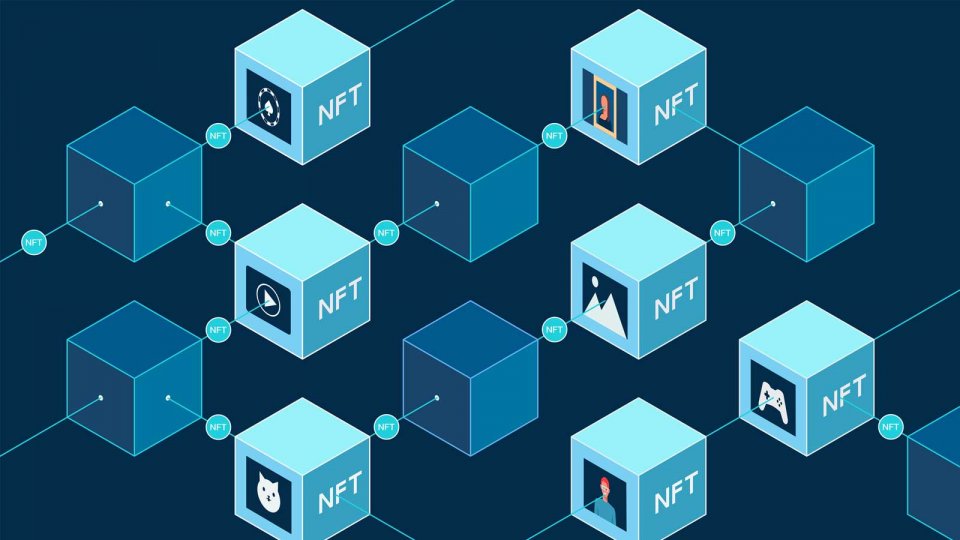Introduction to Blockchain Technology
Blockchain technology is revolutionizing the way we store, share, and secure information. At its core, a blockchain is a distributed digital ledger that records transactions across a network of computers. This decentralized system has the potential to transform industries and disrupt traditional business models, offering an array of benefits like enhanced security, increased transparency, and improved efficiency.
Understanding Decentralization
Decentralization refers to the distribution of power, authority, and responsibility away from a central authority or organization. In a decentralized system like blockchain, data is stored across a network of computers, known as nodes. Each node maintains a copy of the entire blockchain, ensuring that there is no single point of failure. This makes the system more resilient, secure, and transparent compared to traditional centralized systems.
Types of Blockchain Networks
There are three main types of blockchain networks:
- Public Blockchains: Open to anyone, these networks allow users to participate in the network and validate transactions without any restrictions. Bitcoin and Ethereum are examples of public blockchains.
- Private Blockchains: Access to these networks is limited to a specific group or organization. They offer more control and privacy compared to public blockchains but sacrifice some decentralization.
- Consortium Blockchains: These networks are controlled by a group of organizations, combining the benefits of both public and private blockchains.
Benefits of Decentralized Systems
Enhanced Security
Blockchain’s decentralized nature eliminates the need for a central authority, reducing the risk of data breaches and cyberattacks. Since each node maintains a copy of the entire ledger, altering or tampering with the data is nearly impossible without the consensus of the network.
Increased Transparency
The transactions recorded on a blockchain are visible to all the participants in the network, ensuring a high level of transparency. This helps to build trust between parties and reduces the likelihood of fraud and corruption.
Improved Efficiency and Speed
Blockchain technology allows for the automation of processes through smart contracts, which are self-executing agreements based on predefined conditions. This eliminates the need for intermediaries, streamlining operations and reducing transaction times.
Reduced Costs
The decentralization and automation of blockchain networks help to cut costs by removing intermediaries, reducing administrative overhead, and improving the overall efficiency of the system.

Real-world Applications of Blockchain
Finance and Cryptocurrencies
Blockchain technology is the foundation for cryptocurrencies like Bitcoin and Ethereum. It enables secure, transparent, and efficient transactions without the need for a central authority, such as a bank or government.
Supply Chain Management
Blockchain can be used to track products and goods as they move through the supply chain, providing increased visibility, traceability, and accountability. This helps to prevent fraud, ensure product quality, and reduce inefficiencies in the process.
Voting and Governance
Decentralized voting systems built on blockchain technology can provide secure, transparent, and tamper-proof voting processes. This can help to prevent voter fraud, increase trust in election results, and promote democratic governance.
Healthcare and Patient Data Management
Blockchain technology can be employed to securely store and share patient data, improving data interoperability, privacy, and security. It can also help to streamline medical research, reduce the risk of data breaches, and empower patients to take control of their own health records.
Overcoming the Challenges of Blockchain Adoption
Scalability and Performance
One of the major challenges facing blockchain adoption is the issue of scalability and performance. As networks grow and transaction volumes increase, the current blockchain infrastructure may struggle to keep up. To address this issue, new technologies and innovations such as sharding, sidechains, and layer-2 solutions are being developed.
Regulatory and Legal Issues
The regulatory landscape surrounding blockchain technology is still evolving, with many countries grappling with how to classify and regulate digital assets and decentralized systems. Clearer regulatory frameworks and guidelines will be crucial in fostering wider adoption of blockchain technology.
Public Awareness and Acceptance
For blockchain technology to achieve widespread adoption, public awareness and understanding of the technology must be improved. This includes addressing misconceptions, providing education, and showcasing the benefits of decentralized systems to a wider audience.
Conclusion
The blockchain revolution is unlocking the potential of decentralized systems, offering benefits such as enhanced security, increased transparency, and improved efficiency. As industries continue to explore and adopt blockchain technology, it is crucial to address the challenges that stand in the way of widespread implementation. By overcoming these obstacles, the true potential of blockchain and decentralized systems can be realized, transforming the way we interact with technology and each other.
FAQs
What is the difference between blockchain and cryptocurrency?
Blockchain is the underlying technology that enables the creation and operation of cryptocurrencies, which are digital assets used as a medium of exchange.
Is blockchain technology secure?
Blockchain technology is inherently secure due to its decentralized nature, cryptographic safeguards, and consensus mechanisms. However, it is essential to stay vigilant and follow best practices to ensure the security of any blockchain-based application.
How does blockchain technology provide transparency?
Blockchain technology ensures transparency by making transactions visible to all participants in the network. This allows for easy auditing and verification of transactions, reducing the likelihood of fraud and corruption.
Can blockchain technology be used in industries other than finance?
Yes, blockchain technology has applications in various industries, including supply chain management, voting, governance, healthcare, and more.
What are the challenges facing the adoption of blockchain technology?
Some of the major challenges include scalability and performance, regulatory and legal issues, and public awareness and acceptance of the technology.





Leave a Reply